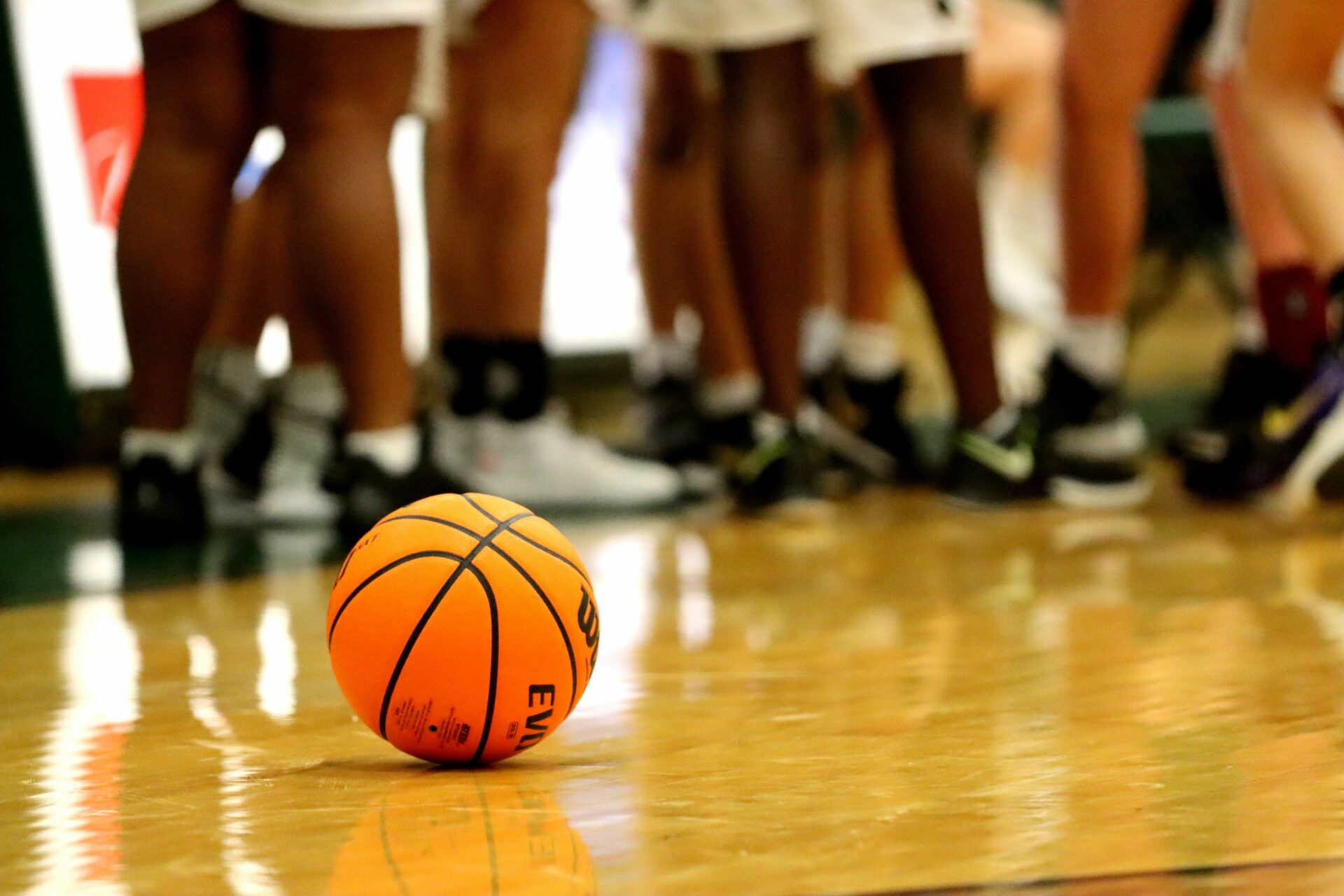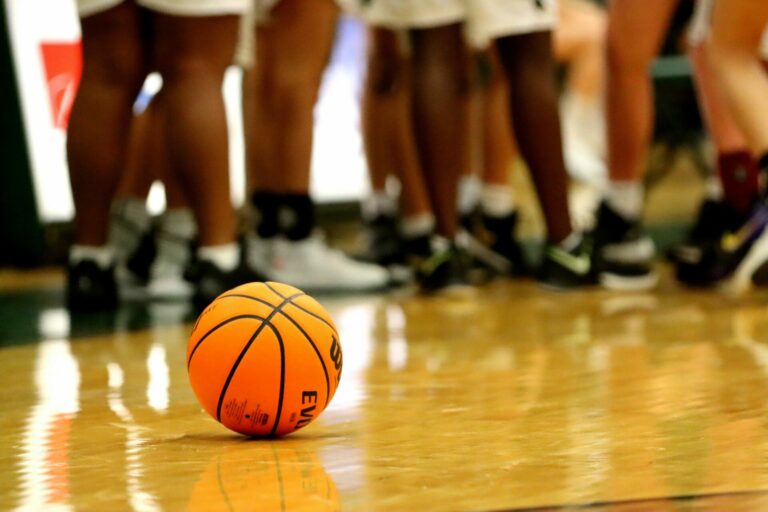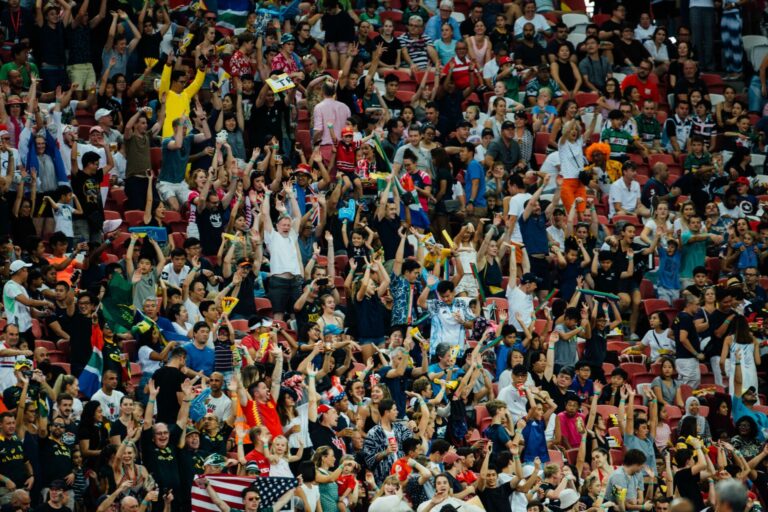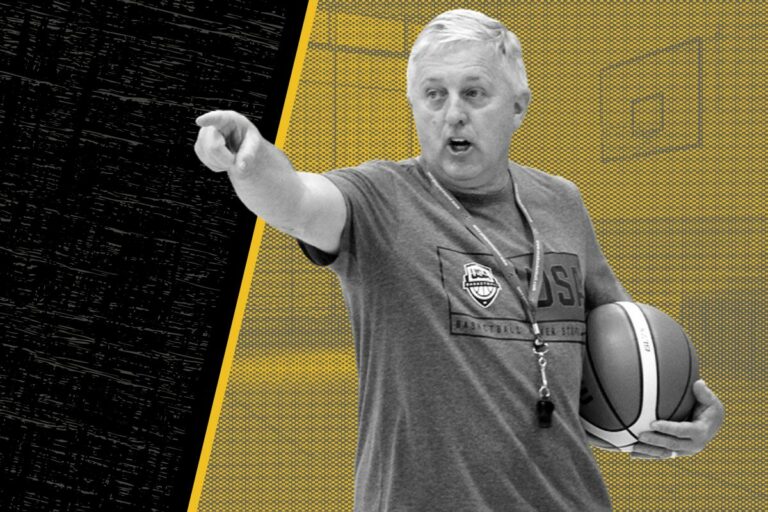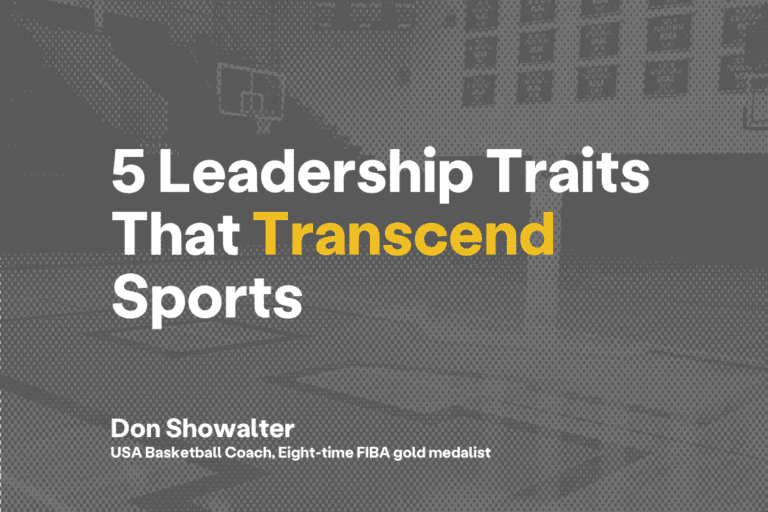Q&A With NIL Expert Dr. Scott Grant
- Name, Image, and Likeness hasn't already tricked down to the High School level everywhere but, it's coming.
- NIL is unique depending on your state athletic association - check with your governing body before supporting any NIL activity.
- Make a plan for how you will educate your coaches, student-athletes, and parents.
The Leading Edge Podcast recently hosted Dr. Scott Grant, a former Athletic Director who is dedicated to helping people understand Name, Image, and Likeness (NIL) at the high school level. We discuss the complexities of NIL for student-athletes, Athletic Directors, and schools, as well as share insights from Dr. Grant on how to prepare your community accordingly.
Q: Dr. Grant, can you get us started by setting the table with a basic understanding of NIL...
Dr. Grant: In essence, NIL stands for name, image, and likeness. It’s technically a person’s ownership and right of publicity, which is a legal concept that refers to a person’s ability to own their name and image. When the NCAA passed this rule, it meant that student athletes could monetize themselves in a way.
Everything from the college level tends to trickle down, so it wasn’t long before we started to see how NIL would apply itself in a high school setting. High school state associations govern each state differently, so each state can potentially exercise different NIL rules. For example, California has had NIL ability for a long time because they’ve had youth actors and policies related to children in entertainment.
However, for a lot of these state associations, NIL goes somewhat against one’s basic amateurism policy. So, many state associations didn’t have an NIL policy, just an amateurism policy dictating if a kid was or was not allowed to make money or if they could earn up to a certain amount, and so on. Questions arose, such as, who has the jurisdiction to clarify these policies and determine what is or is not allowed? Can you delineate between a kid making money because they’re a student athlete or have a big social media following?
That puts schools and state associations in an interesting position, having to negotiate between maintaining the purity of a high school athletic program and amateurism while also understanding that this legal concept of NIL is continuing to be pushed on kids. At this point, the concept has been exposed to various lines of thought and conversation, but at its core, it’s really a legal concept about a kid’s ownership and right of publicity.
Q: So, what should Athletic Director’s do about NIL?
Dr. Grant: You have to think about three things. Number one, consider how you’re educating stakeholders. At the high school level, there are even more stakeholders than at the college level because you have coaches, administrators, as well as other school employees who have no real knowledge of NIL. Additionally, you have student athletes and their parents, especially because you’re dealing with minors who cannot enter contracts.
It’s also important to be wary of external factors such as businesses in your community. Let’s say a great player walks into their local McDonald’s and is offered a deal of free food in exchange for every touchdown. The reality is that’s illegal, because you can’t pay for performance. However, if that business wanted to make that kid a spokesperson because he’s a great ambassador, that’s awesome.
The second thing you must think about is your process and plan. Such as, if you have to submit an NIL to a school personnel, who is that going to be? It’s important to start identifying what available resources you’ll have in place and what it will look like if a kid signs a deal. You’re almost implementing a code of conduct by having a process to follow for NIL agreements, which will ensure you avoid breaching state rules.
The third thing to consider is a more comprehensive educational plan – the bigger picture in relation to NIL. How are you providing students with an applicable education? Are you teaching personal branding through social media? Are you covering financial literacy and legal contracts so that these kids understand perpetuity and exclusivity clauses are not a positive thing? Are you teaching children about taxes? Realistically, if you propose these lessons to a principal, they will ask how it benefits the rest of the student body. So, it’s crucial to think about how you can integrate these key life concepts into the curriculum you already have.
Q: What are some of the dangers for high school athletes and Athletic Director’s when it comes to NIL?
Dr. Grant:
The hardest part about NIL is that every state is unique. There’s not a lot of oversight in place because every state association changes their policy in a different way, big or small. It becomes very difficult for Athletic Director’s to see these shifts and know the specific ins and outs for the state they’re in. When these policies undergo changes or shifts there’s often very few, if any, formal updates or announcements about the process.
If a kid approaches me as an Athletic Director because they are interested in signing a deal, I’m going to be wary. We want to avoid trouble. This circles back to my answer to your previous question, where I touched on that education piece. People don’t necessarily understand what NIL looks like in their specific state or at their specific school and how that process moves forward, which is a key concern.
Dr. Scott Grant is passionate about helping program leaders plan and prepare to equip their students with skills for navigating NIL. Learn more from him and his approach to leveraging personal branding and social media for leadership development on The Leading Edge podcast. You can also reach him at www.NIL-Education.com or www.TripleThreatLeadership.com.

